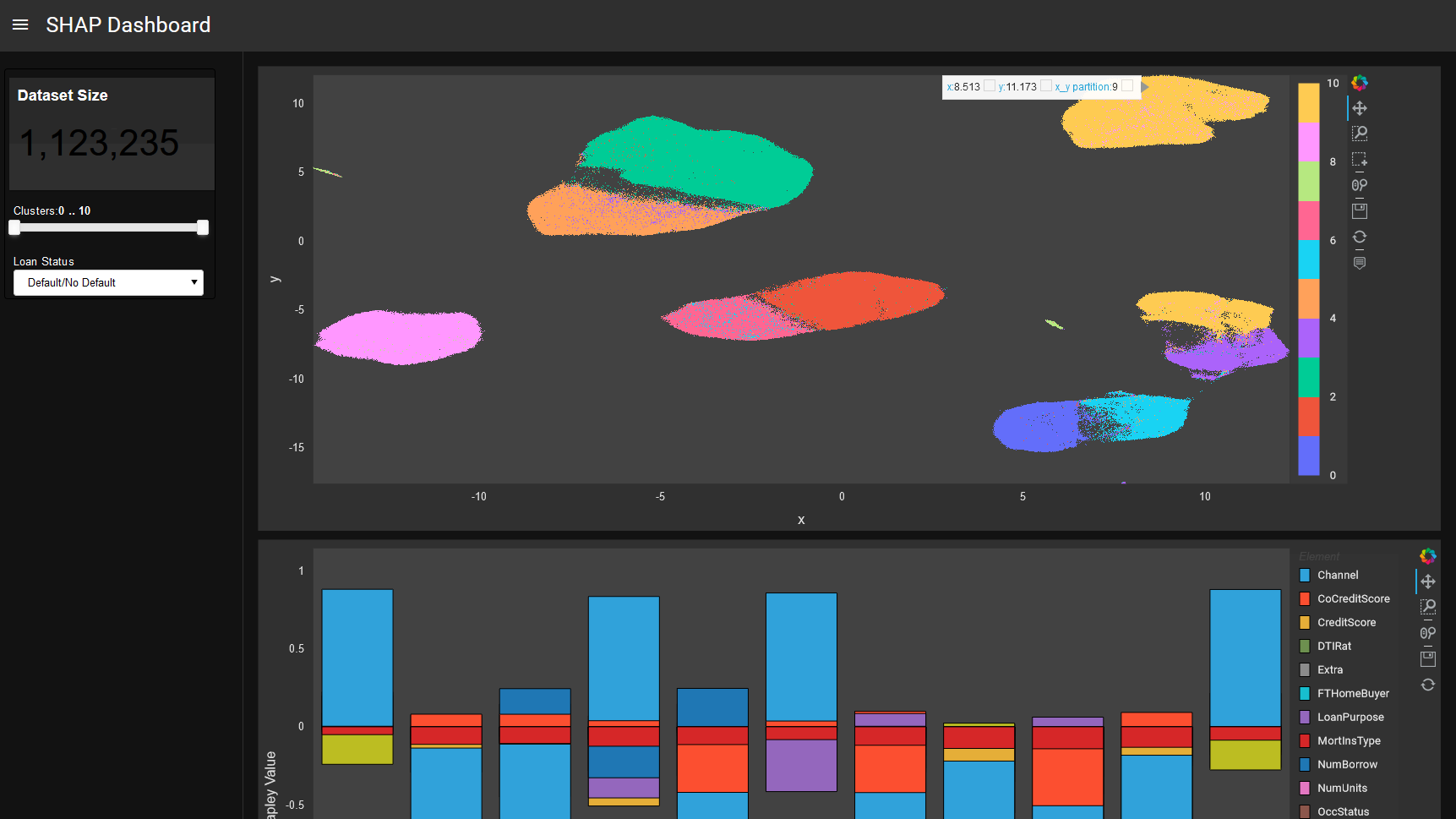In Silicon Valley, a new kind of proofreader is hard at work
In Silicon Valley, a new kind of proofreader is hard at work. It doesn’t wield a red pen or squint at comma splices. Instead, this digital detective, born from the same artificial intelligence it’s tasked to police, scans lines of code with inhuman speed, hunting for bugs that even the sharpest human eyes might miss. Welcome to the world of CriticGPT, OpenAI’s latest creation in the quest for more reliable AI.
The Impact of Reliable AI Tools on Various Sectors
As tech giants race to integrate AI into everything from customer service to complex data analysis, they’re confronting an uncomfortable truth: Their digital wunderkinds, for all their brilliance, have a troubling tendency to make things up. Now, AI is being taught to catch its own mistakes. And it’s not just OpenAI in the game. Across town at Google, engineers are taking a different tack, feeding their AI a diet of curated data in hopes of grounding its flights of fancy in cold, hard facts.
The introduction of more reliable AI tools could have far-reaching implications for commerce across various sectors:
- For retailers, improved AI accuracy could lead to more precise inventory management and personalized customer recommendations, potentially increasing sales and reducing waste.
- eCommerce platforms might benefit from chatbots that provide more accurate product information and customer support, improving user experience and potentially boosting conversion rates.
- In the financial sector, more trustworthy AI-generated analyses could enhance risk assessment and trading strategies, leading to better-informed investment decisions.
CriticGPT: Enhancing Code Quality
CriticGPT is designed to identify mistakes in code generated by ChatGPT, a large language model (LLM) known for its ability to create human-like text and code. LLMs are AI systems trained on vast amounts of text data, enabling them to understand and generate human-like language. However, these models can sometimes produce errors or “hallucinations,” generating content that seems plausible but is factually incorrect.
As outlined in its research paper “LLM Critics Help Catch LLM Bugs,” CriticGPT acts as an AI assistant to human trainers who review programming code generated by ChatGPT. 
The model was trained using a novel approach where human trainers intentionally introduced errors into ChatGPT-generated code and then provided feedback as if they had discovered these bugs. This method allowed CriticGPT to learn how to effectively identify and critique various coding errors.
The development of CriticGPT also involved a new technique called Force Sampling Beam Search (FSBS). This method helps CriticGPT write more detailed reviews of code. According to Ars Technica, "It lets the researchers adjust how thorough CriticGPT is in looking for problems while also controlling how often it might make up issues that don’t really exist."
Enhancements in AI Tools by Google
Meanwhile, Google is enhancing its Vertex AI platform, which allows companies to build AI services using Google’s machine learning models. 
Google is launching a “high-fidelity mode” for Vertex AI, allowing organizations to use their own corporate datasets to inform AI outputs rather than relying solely on the AI’s pre-existing knowledge base. This integration of third-party datasets could be particularly valuable for businesses in sectors like finance.
Advancements in AI Error Reduction
These advancements in AI error reduction and accuracy improvement reflect the tech industry’s response to growing concerns about the reliability of AI-generated content. As AI systems become more integrated into various business processes, ensuring their accuracy and reliability becomes increasingly critical.
These new tools could lead to more trustworthy AI-assisted coding and information retrieval for businesses, potentially improving efficiency and decision-making processes. The ability to ground AI responses in specific, trusted datasets — whether third-party or proprietary — could enhance the utility of AI in sectors such as finance, healthcare, and manufacturing. 




















